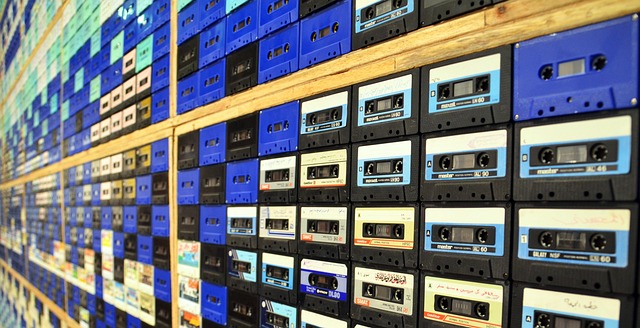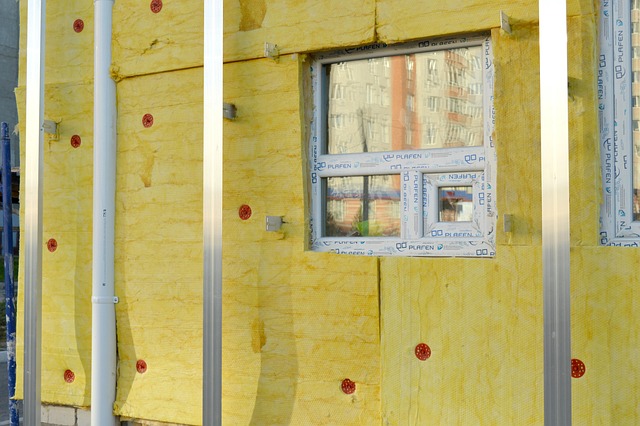In today’s fast-paced digital age, where visual stimulation is at the forefront of our entertainment experiences, it’s easy to overlook the crucial role that sound plays in enhancing those moments. Enter sound installation, a transformative technology that is revolutionizing the way we perceive audio in the realm of television display technology. Gone are the days when sound was merely an afterthought of visual media; it now stands in pivotal synergy with visuals to create immersive environments that captivate and engage audiences.
The evolution of TV technology has seen an incredible journey—from bulky cathode-ray tubes to sleek, ultra-thin LED monitors. But as displays have become more sophisticated, the limitations of traditional speakers have become glaringly apparent. The mere filtering of sound through built-in speakers often fails to deliver the audio fidelity audiences expect. That’s where innovative sound installation comes into play, transforming the mundane audiovisual experience into a captivating fusion of sound and picture.
Modern manufacturers are increasingly prioritizing auditory experiences as they design advanced television sets. With sound installation technologies embedded directly into TV displays, the overall experience is elevated, making viewers feel like they’re right at the heart of the action. This integration allows for richer soundscapes, adding layers of auditory detail that contribute significantly to storytelling. Imagine watching a thriller, where each whisper carries suspense and every explosion resonates with palpable intensity. That’s the kind of experience advanced sound installations aim to deliver.
Consider the rise of soundbar technology as a testament to how crucial audio installation has become. These sound systems not only enhance audio clarity but also sync seamlessly with high-definition displays. As display technology continues to evolve, future advancements in sound installation could lead us toward even more groundbreaking developments, such as surround sound capabilities that bend the very walls of our living rooms into auditory dimensions.
Moreover, the emergence of OLED and QLED displays has sparked a new era of visual fidelity, which in turn demands a corresponding enhancement in audio quality. As viewers indulge in high-definition content with staggering levels of detail and color, the auditory component must keep pace. This necessity has rallied a new wave of innovation in audio equipment, further blurring the lines between sound and visualization.
Sound installation isn’t limited to just the physical televisions; it extends to the very fabric of how we engage with media. Streaming services now curate content that takes full advantage of advanced sound systems, enveloping viewers in audio environments that are as important as visual aesthetics. The user experience has progressed from simply watching a program to being enveloped in a sensory experience where sound complements every visual cue.
As technology marches forward, the future of audiovisual experiences promises to be even more thrilling. Innovations like spatial audio and adaptive sound systems that respond to room acoustics will redefine our engagements with media. The intersection of advanced sound installations with cutting-edge display technology is ultimately reshaping the landscape of entertainment, creating moments that resonate not only visually but acoustically.
In this age where both technology and creativity converge, we find ourselves exploring unparalleled dimensions of multimedia artistry. Sound installation, as part of modern audio technology, encourages us to remain engaged spectators, actively immersed in a world where sound and vision unite to create extraordinary experiences. It invites us to appreciate how far we’ve come while eagerly anticipating what’s next in this enchanting realm of technology.



